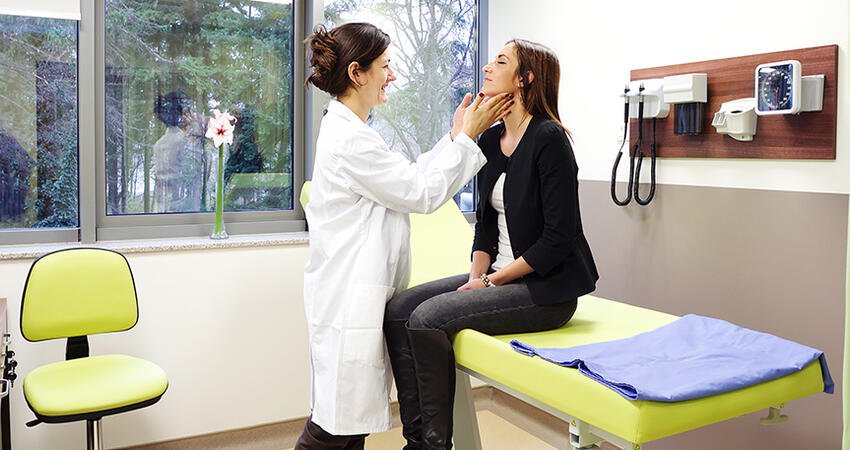
How Many Adults with Disabilities Receive HUD Assistance?
- Title:
- How Many Adults with Disabilities Receive HUD Assistance?
- Author:
-
Debra L. Brucker, Veronica Helms, Teresa Souza
- Source:
-
Housing Policy Debate
- Publication Date:
-
2017
About 40 million people in the United States have a cognitive, physical, or sensory disability, and they experience lower rates of educational attainment, poorer health outcomes, and higher rates of poverty. Access to affordable and safe housing offers them a critical safety net. The US Department of Housing and Urban Development (HUD) is the primary funder of subsidized housing for low-income households, many of which include at least one disabled person. According to HUD data, about 20 percent of households that receive HUD rental assistance are disabled. This study uses new HUD administrative data linked with National Health Interview Survey data to estimate the prevalence of disability among adults who receive HUD assistance. The authors analyzed variables for health status—including asthma, hypertension, and diabetes—and variables for health care access, including insurance and connection to doctors and specialists. Policymakers at every level of government should use this information to develop more targeted programs for this population.
Key findings
- When the authors controlled for individual characteristics and HUD program type, they found that assisted-housing residents with disabilities had higher rates of self-reported fair or poor health, asthma, diabetes, hypertension, obesity, and cigarette smoking.
- Adults with disabilities went to emergency rooms more frequently and expressed increased concerns about being able to afford necessary health care.
- HUD-assisted adults with disabilities were more likely than residents without disabilities to be connected to the health care system. They had higher rates of insurance coverage and more frequent contact with specialists, general doctors, and mental health care providers.
- The authors’ findings suggest that the prevalence of HUD-assisted people with disabilities is higher (44.0 percent) than previous data show (30.4 percent).


